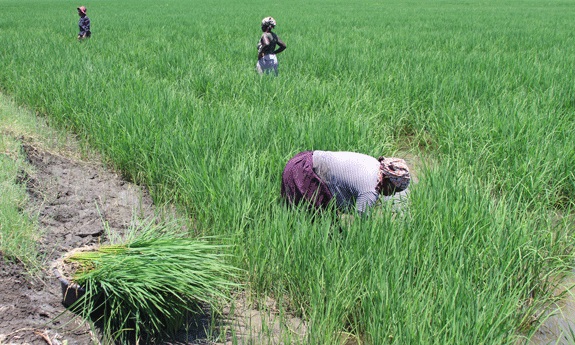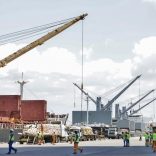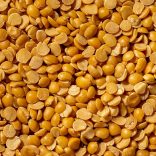Mozambique: Vegetable exports fell 42.5% YoY in Q1 amid post-election unrest – central bank
Mozambique using only half of irrigated area

Notícias
Only 90,000 of the existing 181,000 hectares equipped with irrigation schemes are being used for agricultural production in Mozambique, what the Sustainable Irrigation Development Project (PROIRRI) views as an indicator of poor management.
Eugénio Nhone, project coordinator, is cited in Wednesday’s issue of daily “Noticias” as saying that apart from management problems, underutilization of irrigation schemes is also due to lack of adequate knowledge and maintenance skills by the farmers.
To reverse the scenario, Mozambican authorities have designed a new strategy that will see irrigation of about 300 thousand hectares over the next 25 years, by using the existing water resources.
According to Nhone, those 300,000 hectares which are expected to be under irrigation by 2042 are part of three million hectares of arable land which could be potentially irrigated, and reaching this target will be a huge step towards raising national production levels.
Also, there is arable land that could eventually be irrigated through a number of projects underway in the country. One is the Pro-poor Value Chain Development Project (PROSUL) which is being implemented in the southern region Mozambique, and the other is Sustenta, which is the government’s integrated agriculture and natural resource project, launched last February in the northern province of Nampula.
Nhone explained that Mozambican agriculture sector comprises both family farming, usually carried out in small plots, and commercial farming that uses large tracts of land. Hence, both require different approaches for irrigation.
“That’s the reason we are not looking for complex and large infrastructures, but sometimes we would rather invest on low-cost irrigation kits, such as drip irrigation systems which don’t require water pumps and can even work with solar energy”, he explained.
In the meantime, there is under way a survey to identify watercourses across the country that could feed small irrigation schemes by gravity, without requiring water pumps.
The areas in which irrigation equipment will be installed will be for the production of essential crops, such as rice, potatoes, tomatoes, onions, cabbage, corn, sugarcane and beans.













Leave a Reply
Be the First to Comment!
You must be logged in to post a comment.
You must be logged in to post a comment.